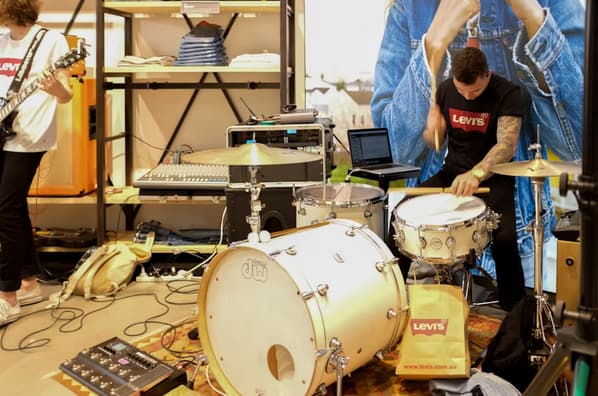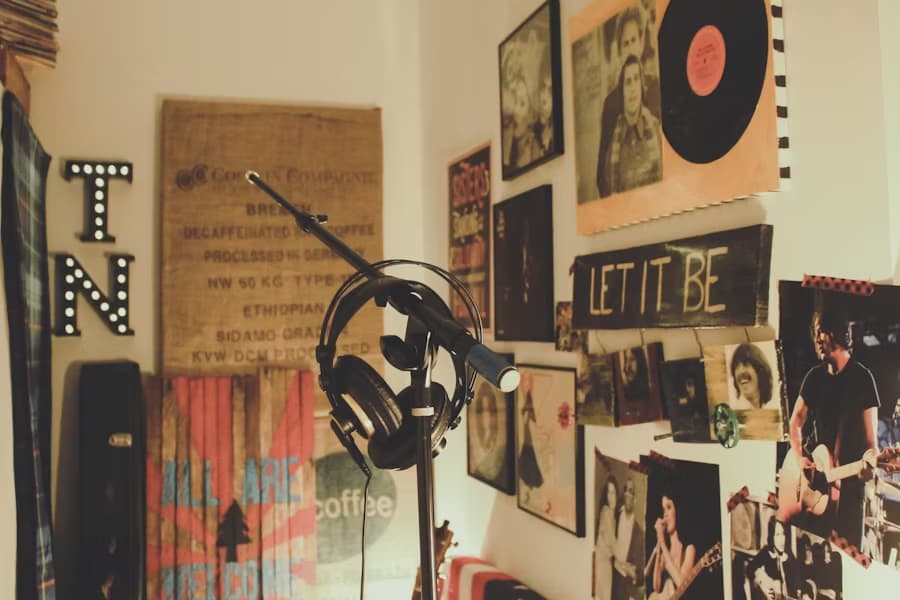Indie music has long stood for artistic freedom, originality, and self-expression. Yet, in recent times, the genre has experienced a dynamic transformation. From groundbreaking advancements in how music is produced and shared to shifting ideas about what it means to be “independent” in the music world, the indie landscape is swiftly evolving to meet the demands of 2025. This article dives into the key changes shaping indie music, explores their significance, and examines their broader influence on both the music industry and society at large.
Indie Music’s Journey: From Underground to Global Spotlight
Indie music has traditionally been associated with its rebellious, self-reliant spirit—free from the grip of major record labels, driven by unconventional artists, and defined by distinctive, alternative sounds. However, in 2025, indie music has transcended its niche origins to become a vital force in the mainstream. Artists like Billie Eilish, Tame Impala, and Beabadoobee exemplify this shift, having started with grassroots, do-it-yourself approaches before rising to prominence within the global music scene. While these musicians continue to embrace their unique identities and artistic control, their impact on contemporary music is undeniable.
This fusion of indie authenticity with mainstream appeal has made the genre remarkably versatile. Indie music now weaves in influences from diverse styles, spanning pop-rock anthems to bold electronic experiments. This evolution has shaped a vibrant musical landscape where indie artists can remain true to their independent ethos while also aligning with broader, global trends.
The digital revolution: new opportunities for artists
The digital era has transformed the music industry, opening up unprecedented possibilities for indie artists. With affordable, user-friendly recording and production tools, musicians can now craft high-quality tracks from the comfort of their homes. Online platforms and streaming services enable them to share their creations with a global audience almost instantly, leveling the playing field for independent talent.
Software like Ableton Live and Logic Pro X has become widely accessible, empowering aspiring artists to produce, mix, and master their music without relying on costly professional studios. Platforms such as Bandcamp and SoundCloud serve as vital connections, allowing musicians to engage directly with listeners and receive real-time feedback, bypassing the need for major label support.
Moreover, social media platforms like Instagram, TikTok, and YouTube have emerged as powerful tools for promotion. These channels let artists connect authentically with fans, spark viral trends, and build dedicated followings. TikTok, in particular, has proven to be a game-changer, where unreleased songs can skyrocket to fame through dance challenges, memes, or creative user-generated content.
Music trends of 2025
- Genre freedom and micro-genres
One of the brightest trends in indie music is genre freedom. Artists are increasingly moving away from strict genre frameworks, creating unique musical compositions that are difficult to categorize. This phenomenon creates new micro-genres, such as indie pop with elements of lo-fi hip-hop or synthesizer rock with a post-punk influence.
Microgenres allow musicians to experiment and seek new forms of expression beyond traditional styles. These new forms have great popularity among listeners who are looking for something unusual and unique.
- Social Media Influence
Social media platforms such as TikTok, Instagram and YouTube have become not only platforms for self-expression, but also a major channel for music promotion. TikTok in particular has changed the rules of the game, as one popular song can turn into a viral trend in a matter of days.
However, it is important to note that the influence of social media extends not only to music genres, but also to the culture of music consumption itself. For example, music is now becoming more fragmented and niche-oriented than general audiences. This also affects how artists interact with fans – often through memes, short videos and reactions.
- The return of retro styles
Recent years have seen a resurgence of 2000s music styles such as pop rock, indie rock and even elements of post-grunge. This comeback has been a natural process, as many modern indie artists grew up on and are inspired by the music of the 2000s and their sound. Many bands like Franz Ferdinand and The Strokes are becoming relevant again and inspiring young musicians.

Why it matters?
In 2025, indie music transcends its role as a mere genre, emerging as a vital cultural and social movement that mirrors shifts in society. In an era dominated by mainstream pop and commercialized sounds, indie music offers artists a platform for authentic self-expression and creative freedom. Here’s why this matters:
- Musical expression and independence: Indie music gives artists the opportunity to create music on their own terms, without pressure from major labels, while maintaining creative freedom.
- Reflection of cultural, social and political changes: Music has always been an important tool for communicating ideas and sentiments. Today, indie artists are actively addressing current issues, from environmentalism to social rights.
- Inclusiveness and diversity: Today’s indie scene brings together people from different backgrounds, becoming more open and accessible to new ideas. Musicians and listeners are becoming part of a more democratic and engaged creative process.
- Social responsibility: Many indie artists use their platforms to talk about important social issues such as human rights and gender equality. This makes indie music an important tool for social impact and awareness of current issues.
The future of indie music
What lies ahead for indie music? The genre is evolving rapidly, shaped not only by cutting-edge technologies but also by broader social, cultural, and political shifts. Looking forward, we can anticipate trends like virtual concerts, the integration of artificial intelligence in music production, and innovative ways to connect with audiences.
One notable development is the rise of virtual music festivals, which gained traction post-pandemic. Artists are moving beyond traditional venues, leveraging technology to create immersive, interactive online events that captivate fans worldwide. These advancements are redefining how music is experienced, opening new possibilities for both creators and listeners.
In 2025, indie music stands as more than a passing trend—it’s a vital pillar of contemporary culture. Fueled by technological innovations and social platforms, it remains a dynamic space for artistic expression and creative liberty. Indie music empowers every artist to share their voice and offers listeners the chance to discover something truly distinctive and original, continuously reshaping the musical landscape.
